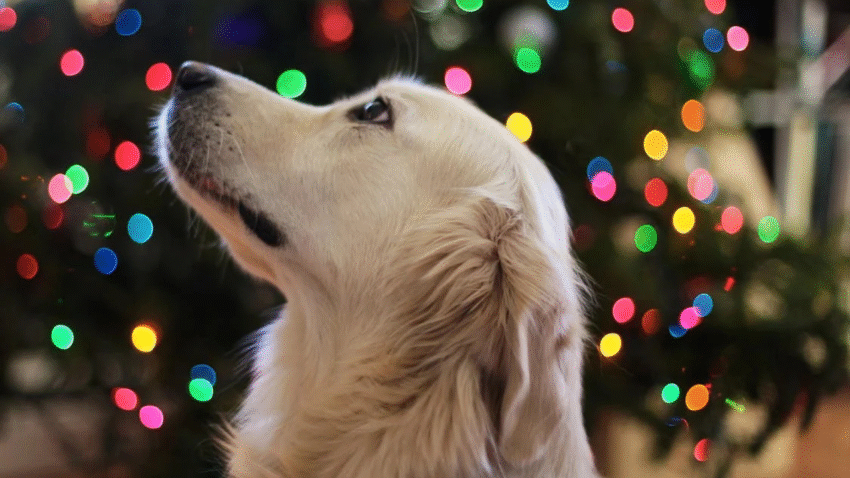Introduction
Struggling with crate training your adult dog? You’re not alone. Whether you’ve adopted a rescue or need to introduce a crate for the first time, learning how to crate train an adult dog can bring peace, safety, and structure to your home. This guide walks you through practical, step-by-step instructions to help your dog feel comfortable, secure, and even happy in their crate.
Why Crate Training Matters for Adult Dogs
Crate training is not just for puppies. Adult dogs benefit tremendously from having a crate as a personal space. It can serve as a safe zone during travel, a recovery space after surgery, or a calm retreat when the household gets busy. For rescue dogs, it helps build confidence and establish trust. A well-trained dog who feels secure in a crate is less anxious and easier to manage in day-to-day life.
Crates also help with:
- House training older dogs
- Preventing destructive behaviors while you’re away
- Creating a reliable bedtime or travel routine
- Offering safety and boundaries for anxious or fearful dogs
Step-by-Step Guide to Crate Training an Adult Dog
1. Choose the Right Crate
- Pick a crate large enough for your dog to stand, turn around, and lie down comfortably.
- Choose between wire crates (more open and breathable) or plastic/covered crates (more den-like).
- Make it cozy with a soft mat or blanket—but avoid anything too plush for dogs that chew.
2. Introduce the Crate Slowly
- Set up the crate in a common living space, not isolated.
- Keep the door open and let your dog sniff and explore on their own.
- Toss treats or toys inside to encourage them to enter.
- Never force them in—let curiosity lead the way.
3. Associate the Crate with Positivity
- Feed meals in the crate to build a positive connection.
- Use a calm voice and praise when they enter or rest inside.
- Give long-lasting chews or puzzle toys while they’re crated.
4. Practice Short Periods First
- Once your dog enters the crate willingly, start closing the door for short intervals (2–5 minutes).
- Stay nearby and reward calm behavior.
- Gradually increase time, always keeping the experience positive.
5. Leave the Room Briefly
- Begin stepping away for a few minutes while they’re crated.
- Return calmly and release them without fanfare.
- This teaches your dog that crate time doesn’t mean abandonment.
6. Crate at Night or When You’re Out
- Once comfortable with short crate sessions, try crating overnight or when leaving the house.
- Place the crate in your bedroom at first if your dog has separation anxiety.
- Be consistent—routine builds trust and understanding.
7. Watch for Signs of Stress
- Some whining is normal at first, but extended barking, drooling, or chewing the crate may signal too much too soon.
- Slow down the process if needed and build more positive associations.
Common Mistakes to Avoid
1. Using the Crate as Punishment
- Never scold your dog and send them to the crate.
- It should be a safe, positive space—not a timeout zone.
2. Moving Too Fast
- Skipping steps or crating for long periods too soon causes stress.
- Take your time—especially with rescues or anxious dogs.
3. Leaving the Dog Crated Too Long
- Adult dogs shouldn’t be crated for more than 4–6 hours at a time during the day.
- Ensure they get enough bathroom breaks, exercise, and interaction.
4. Not Creating Positive Associations
- Don’t forget to pair crate time with treats, toys, or praise.
- Dogs need a reason to love their crate—it won’t happen automatically.
5. Inconsistency
- Crating only sometimes confuses your dog.
- Use the crate consistently to help form lasting habits and comfort.
Extra Tips & Recommendations
Use Cue Words
Teach a command like “crate” or “bed” so your dog begins to associate the word with entering calmly. Use the cue consistently during training.
Keep It Routine
Dogs thrive on routine. Crate your dog at the same times each day (bedtime, meal times, etc.) so it becomes part of their natural schedule.
Try Calming Aids
If your dog is anxious, consider a crate cover, calming music, or natural anxiety aids like Adaptil diffusers or vet-approved supplements.
Recommended Gear
- Kong toys filled with peanut butter or treats
- Soft, chew-resistant crate mats
- A fan or noise machine for soothing background noise
Conclusion
Crate training an adult dog takes patience, consistency, and lots of positivity. By following these steps and avoiding common mistakes, your dog can learn to love their crate as a secure and comforting space. Stay calm, go slow, and celebrate each little win.
💡 Want more step-by-step dog care guides? Bookmark us for regular tips on raising a happy, well-trained pup!
